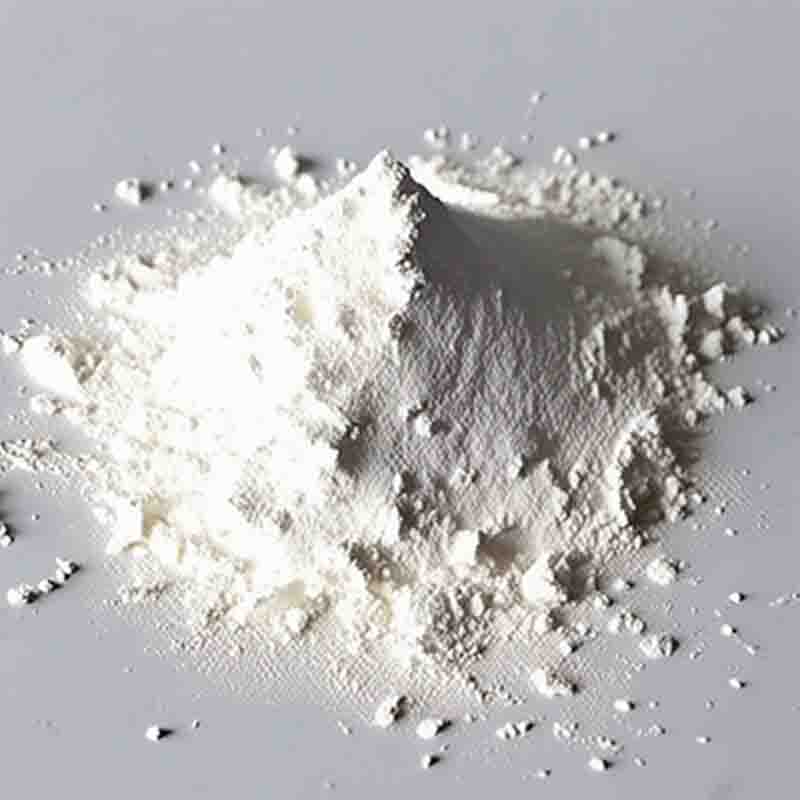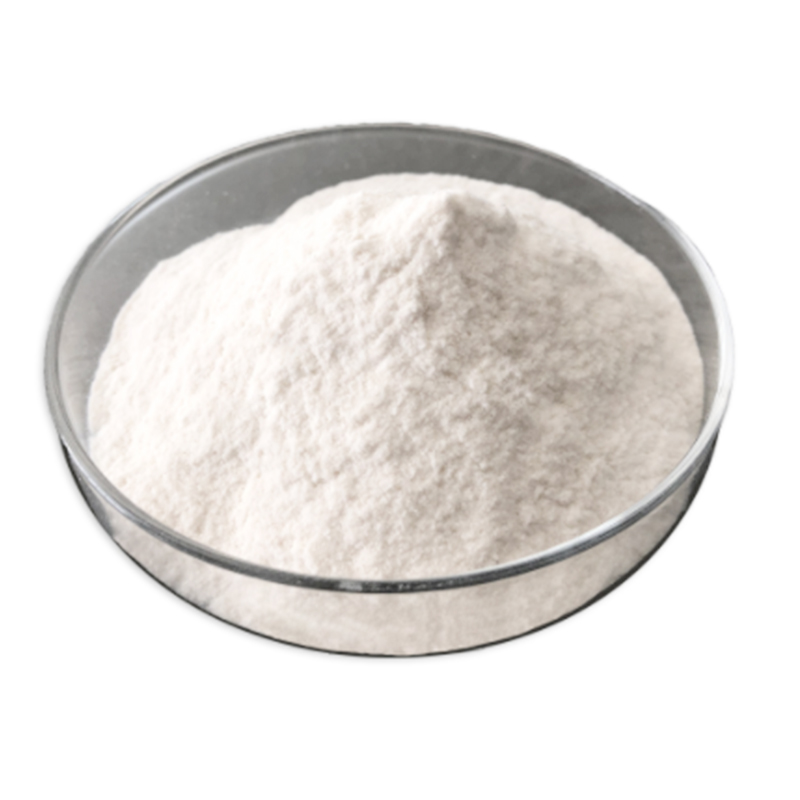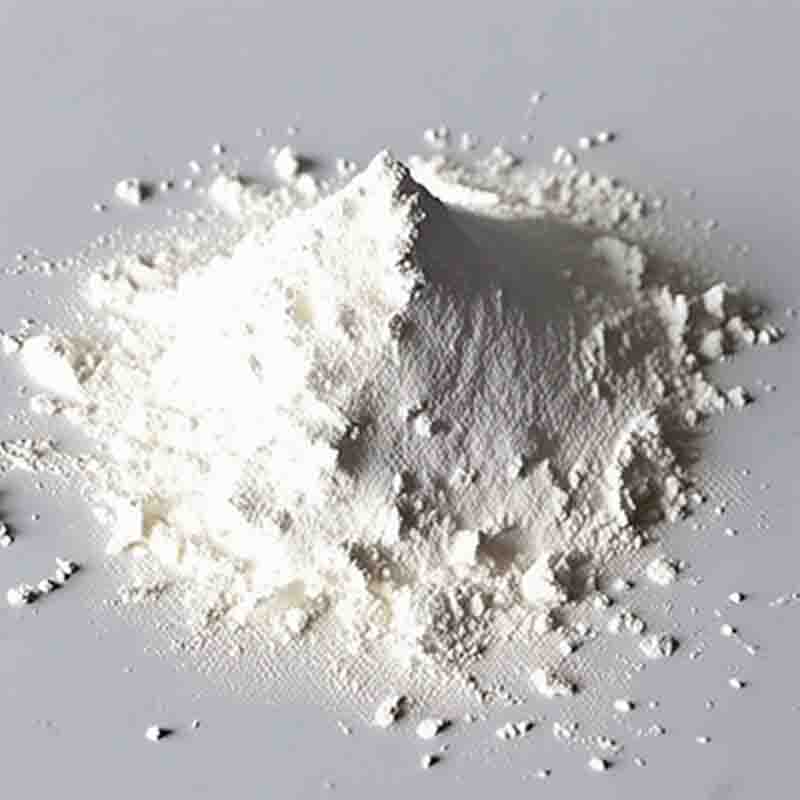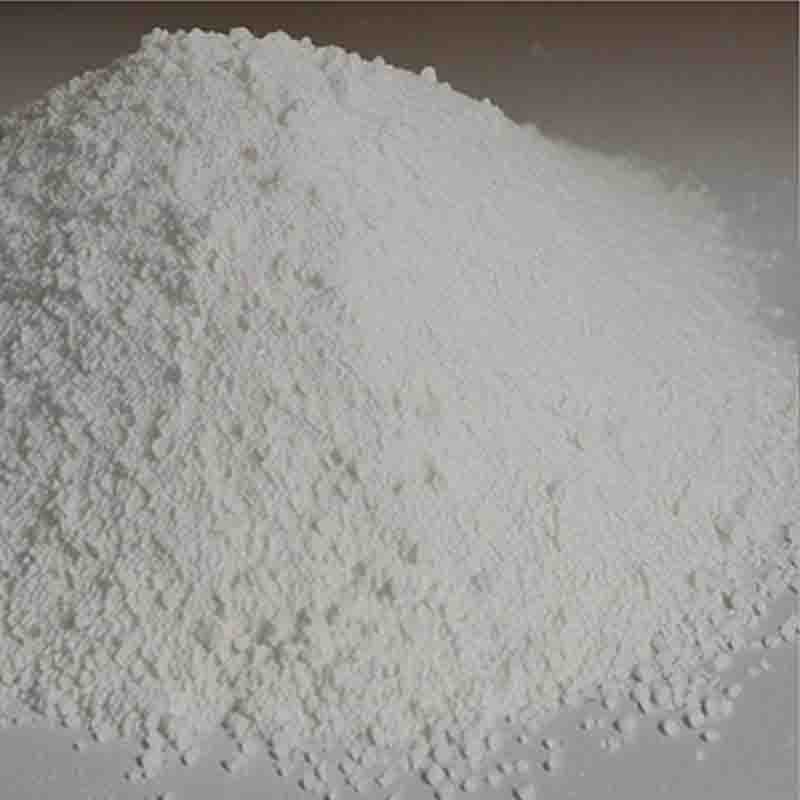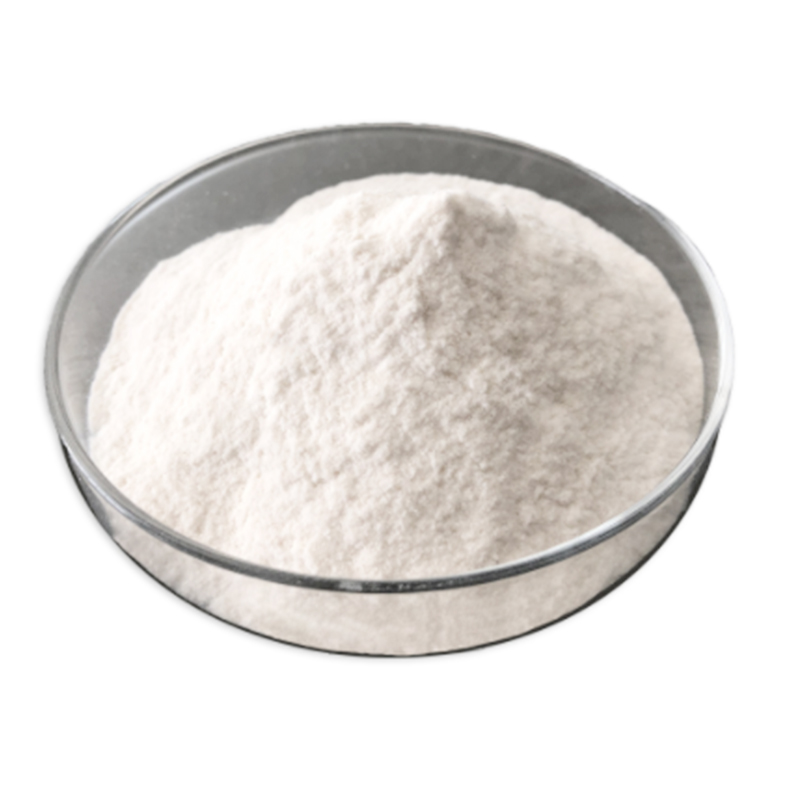4-(1H-1,2,4-triazol-1-ylmethyl)-Benzenamine CAS: 119192-10-8
| Catalog Number | XD94028 |
| Product Name | 4-(1H-1,2,4-triazol-1-ylmethyl)-Benzenamine |
| CAS | 119192-10-8 |
| Molecular Formula | C9H10N4 |
| Molecular Weight | 174.2 |
| Storage Details | Ambient |
Product Specification
| Appearance | White powder |
| Assay | 99% min |
4-(1H-1,2,4-triazol-1-ylmethyl)-Benzenamine, also known as triazolylmethylbenzenamine, is a chemical compound with the molecular formula C9H10N4. It belongs to the class of triazoles and has various applications in pharmacology and medicinal chemistry. This compound possesses unique structural and chemical properties that make it valuable in many areas of research.One significant use of 4-(1H-1,2,4-triazol-1-ylmethyl)-Benzenamine is as a building block in the synthesis of pharmaceutical compounds. Its triazole moiety and benzene ring serve as versatile components for creating novel drugs. Chemists can modify the structure to introduce specific chemical functionalities, enhancing the compound's biological activity and pharmacological properties. By manipulating the triazole or benzene group, researchers can influence factors such as potency, selectivity, and metabolic stability. This compound's synthetic versatility allows for the development of a wide range of therapeutics targeting various diseases and biological pathways.Another important application of 4-(1H-1,2,4-triazol-1-ylmethyl)-Benzenamine is its role as a ligand in coordination chemistry. Due to the presence of a triazole ring, this compound can form strong coordination complexes with metal ions. These complexes exhibit unique properties and have applications in catalysis, material science, and bioinorganic chemistry. The ability to modulate the ligand structure provides control over the properties of the complex, making it useful in various fields of research.Moreover, 4-(1H-1,2,4-triazol-1-ylmethyl)-Benzenamine has been investigated for its antimicrobial activity. Triazole derivatives have shown promising antimicrobial properties, inhibiting the growth of bacteria, fungi, and parasites. The ability of this compound to interact with microbial enzymes and proteins makes it a potential candidate for the development of new antimicrobial agents. Further studies are necessary to determine its efficacy and mode of action against specific microorganisms.Additionally, 4-(1H-1,2,4-triazol-1-ylmethyl)-Benzenamine has shown potential as an antitumor agent. Triazole-containing compounds have been recognized for their cytotoxic effects against cancer cells. The compound's ability to inhibit specific signaling pathways or interfere with cellular processes involved in cancer progression makes it a valuable tool for cancer research and drug development.In summary, 4-(1H-1,2,4-triazol-1-ylmethyl)-Benzenamine is a versatile compound with important applications in pharmacology and medicinal chemistry. It serves as a building block for the synthesis of pharmaceutical compounds, allowing the development of new therapeutics with enhanced properties. Furthermore, its coordination chemistry and antimicrobial properties provide opportunities for research in various disciplines. Moreover, its potential as an antitumor agent makes it valuable in cancer research and drug discovery. Continued investigation and exploration of its properties may lead to the development of new drugs and therapeutic strategies in the future.




